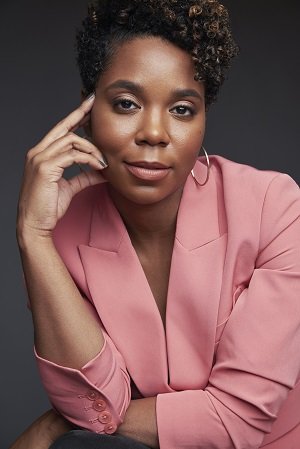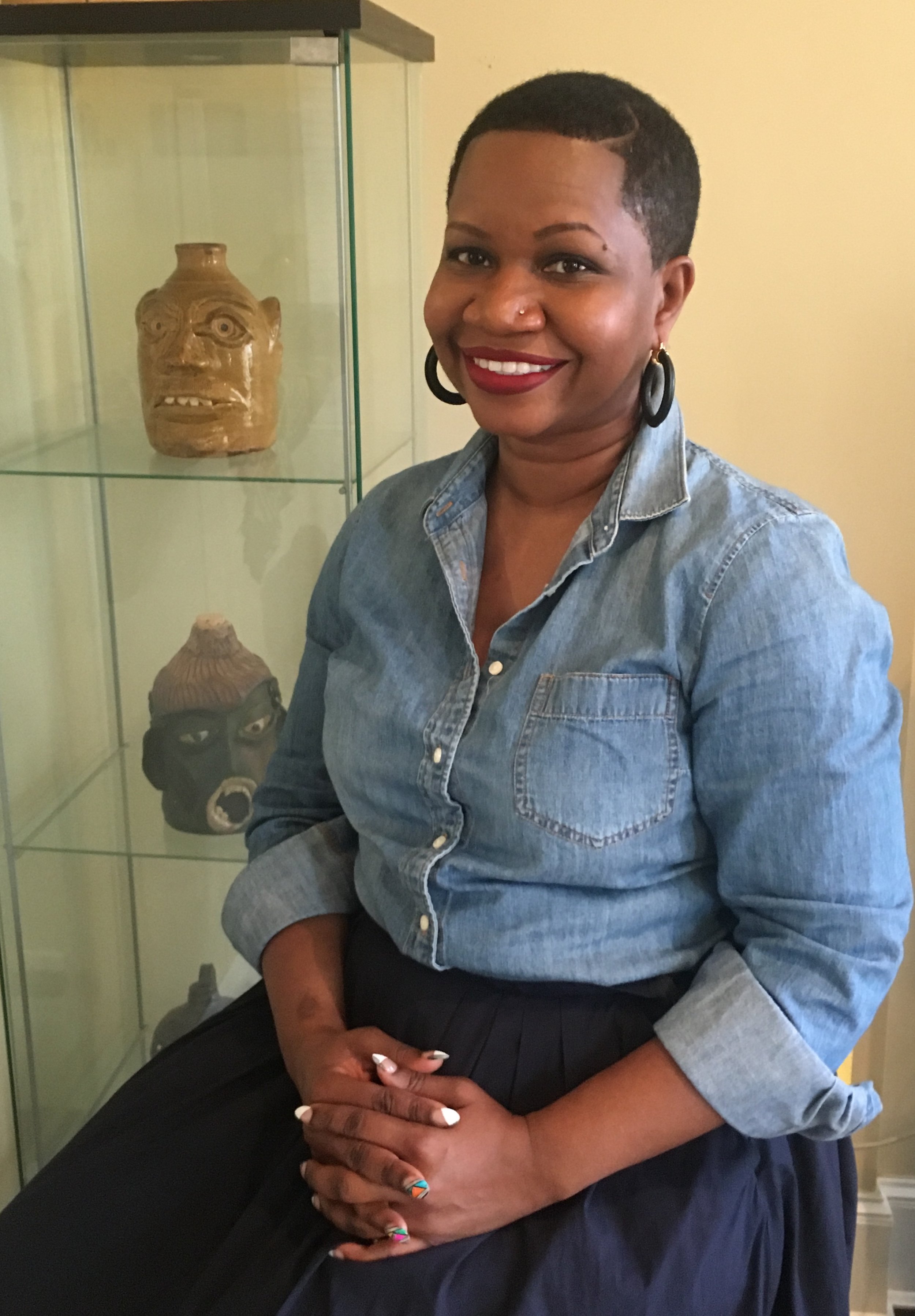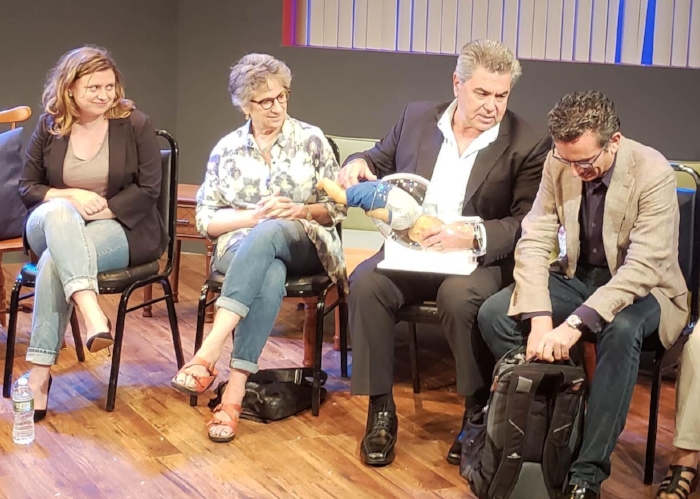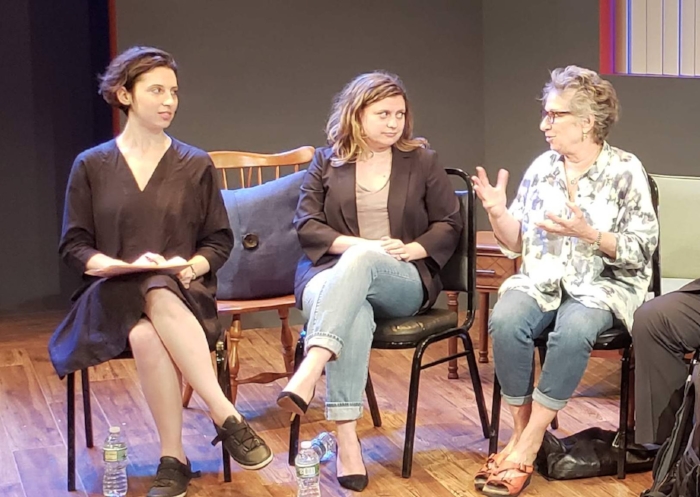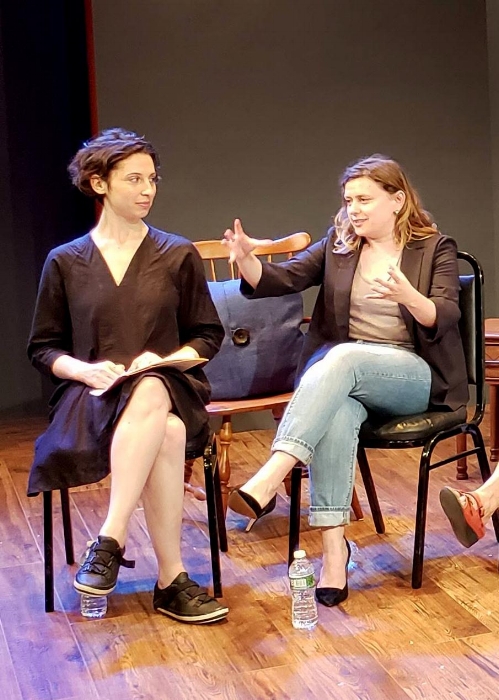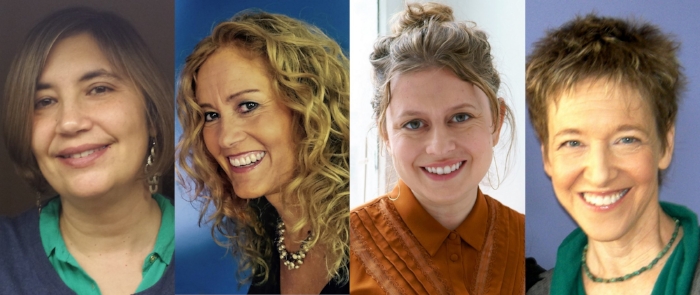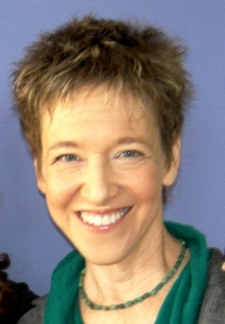EST/Sloan partners with the Secret Science Club for the March 29 Panel Discussion about HAVE YOU MET JANE GOODALL AND HER MOTHER?
On Saturday, March 29 following the 2:00 PM matinee performance at the Ensemble Studio Theatre of HAVE YOU MET JANE GOODALL AND HER MOTHER?, the witty new comedy by Michael Walek, EST/Sloan is partnering with the Secret Science Club to host an expert panel of primatologists who will discuss the life and achievements of Jane Goodall, and the cultural, historical, political, and scientific background of the play.
Primatologists Zarin Machanda (Tufts University), Stephanie Poindexter (University of Buffalo), and Kris Sabbi (Harvard University) will share their thoughts on the play and on how their field research on bonobos, chimpanzees, slow loris, and other primates relates to the pioneering field research of Jane Goodall.
When twenty-six-year-old Jane Goodall began her expedition to study chimpanzees in Tanganyika in 1960, the government insisted she must bring a chaperone. So, she brought her mother. In HAVE YOU MET JANE GOODALL AND HER MOTHER? playwright Michael Walek mines notes by both Jane and her mother to create a sparkling comedy about the process of scientific discovery: what Jane learned about the behavior of chimpanzees and how the duo ingeniously improvised life in the wild.
The audience will have the opportunity to ask questions and join the discussion.
HAVE YOU MET JANE GOODALL AND HER MOTHER?, written by Michael Walek and directed by Linsay Firman, is the Spring 2025 mainstage production of the EST/Sloan Project, EST’s partnership with The Alfred P. Sloan Foundation to develop new plays “exploring the world of science and technology,” an initiative now in its twenty-fifth year.
The Secret Science Club is a monthly science lecture, arts, and performance series, based at the Bell House in Brooklyn (and now online), curated by Dorian Devins and Margaret Mittelbach. SSC is a program of Science Live Productions, a 501©3 nonprofit organization.
About the Panelists
Zarin Machanda is the Usen Family Career Development Assistant Professor of Anthropology and Biology at Tufts University. She received her PhD from Harvard in 2009 and continued post-doctoral research there in the department of Human Evolutionary Biology. She started at Tufts in 2017 and teaches classes in biological anthropology including courses on Primate Social Behavior, Chimpanzee Behavioral Ecology, and Conservation. She is currently the Co-Director of the Kibale Chimpanzee Project, an almost 40-year study of the behavior, physiology, and ecology of wild chimpanzees living in Kibale National Park, Uganda. Her main research questions center around the form, function, and development of social relationships, but she also dabbles in research on communication and cooperation. Her research currently focuses on understanding the social determinants of health aging in wild chimpanzees. Zarin is also on the Board of Directors of the Kasiisi Project, an NGO that tries to improve the lives of school children who live near Kibale National Park.
Stephanie Poindexter is currently an Assistant Professor in the departments of Anthropology and Environment and Sustainability at the University at Buffalo. Her research focuses on nocturnal primate behavior and evolution and takes a whole animal approach to addressing two overarching questions: 1) How do primates engage with their environment and other organisms? 2) How did adaptive behaviors and morphologies evolve to facilitate successful behavioral ecology. Answering these questions has led her to focus on the behavioral socioecology and evolution of slow loris, movement ecology, and sensory morphology and ecology in her work on the Sakaerat Slow Loris Project and on the Sensory Morphology and Anthropological Genomics Lab (SMAGL) with Dr. Eva Garrett. She has studied wild and captive primates in Indonesia, Vietnam, Thailand, the UK and the US and published widely in peer-reviewed journals.
About the Moderator
Kris Sabbi is a College Fellow in the Department of Human Evolutionary Biology at Harvard University and a member of the Pan Lab. Her work centers on questions of how young apes —especially chimpanzees and bonobos — learn to navigate their social worlds as they develop between infancy and adulthood. She earned her Ph. D. from the University of New Mexico in 2020 studying how early experience and hormonal development shape wild chimpanzee social behavior with the Kibale Chimpanzee Project. Since then, she has continued working closely with Dr. Zarin Machanda, including a recent paper on the importance of play between mother chimpanzees and their offspring. At Harvard, she teaches courses in human life history evolution, hormones and behavior, and research techniques in primate behavior and ecology.
HAVE YOU MET JANE GOODALL AND HER MOTHER? began previews on March 5 and runs through April 6. You can purchase tickets here.
Read more about HAVE YOU MET JANE GOODALL AND HER MOTHER?
Interview with playwright Michael Walek about the creation of the play
















